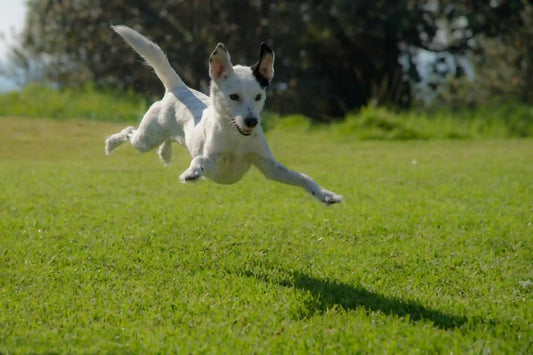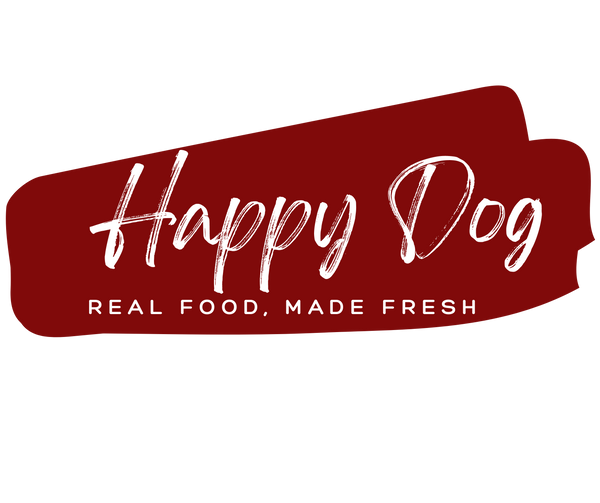Happy Dog Blog

What Are the Benefits of Fresh, Gently Cooked D...
Summary: Gently cooked fresh dog food delivers measurable health improvements for pets. Real ingredients provide better nutrient absorption than processed kibble, resulting in digestive health, coat quality, and sustained energy...
What Are the Benefits of Fresh, Gently Cooked D...
Summary: Gently cooked fresh dog food delivers measurable health improvements for pets. Real ingredients provide better nutrient absorption than processed kibble, resulting in digestive health, coat quality, and sustained energy...

How to Keep My Dog Healthy: Food and Exercise T...
Your furry friend is more than just a pet; they're a cherished member of the family. Ensuring your dog remains healthy and happy involves two key factors: providing proper nutrition...
How to Keep My Dog Healthy: Food and Exercise T...
Your furry friend is more than just a pet; they're a cherished member of the family. Ensuring your dog remains healthy and happy involves two key factors: providing proper nutrition...

Unleash the Fun: 10 Summer Activities for You a...
Summer is the perfect time to enjoy the great outdoors with your furry best friend. Whether you have a playful pup or a laid-back pooch, there are plenty of activities...
Unleash the Fun: 10 Summer Activities for You a...
Summer is the perfect time to enjoy the great outdoors with your furry best friend. Whether you have a playful pup or a laid-back pooch, there are plenty of activities...

Do Dogs Ever Belong in Strollers?
If you’ve ever spotted a dog being pushed in a stroller and thought, “Is that really necessary?”—you’re not alone. While it might look a little over-the-top at first glance, dog strollers...
Do Dogs Ever Belong in Strollers?
If you’ve ever spotted a dog being pushed in a stroller and thought, “Is that really necessary?”—you’re not alone. While it might look a little over-the-top at first glance, dog strollers...

Is Fresh Dog Food Worth It? 7 Health Benefits Y...
Summary Here's the deal with fresh dog food: it genuinely transforms how your dog looks, feels, and thrives. We're talking better digestion, glossier coats, boundless energy, and yes, potentially more...
Is Fresh Dog Food Worth It? 7 Health Benefits Y...
Summary Here's the deal with fresh dog food: it genuinely transforms how your dog looks, feels, and thrives. We're talking better digestion, glossier coats, boundless energy, and yes, potentially more...

Fresh Dog Food vs Dry Food (Kibble): Which Opti...
Summary This blog post explores the pros and cons of fresh dog food vs dry kibble, guiding dog owners through essential factors like ingredient quality, digestibility, convenience, and cost. We...
Fresh Dog Food vs Dry Food (Kibble): Which Opti...
Summary This blog post explores the pros and cons of fresh dog food vs dry kibble, guiding dog owners through essential factors like ingredient quality, digestibility, convenience, and cost. We...
